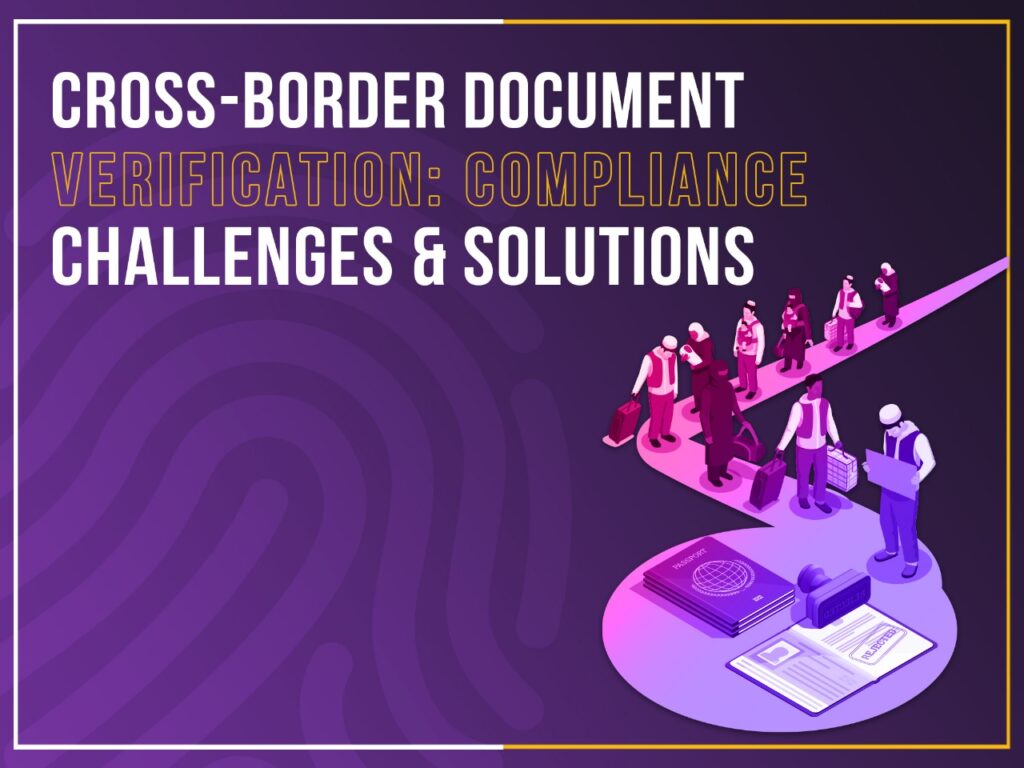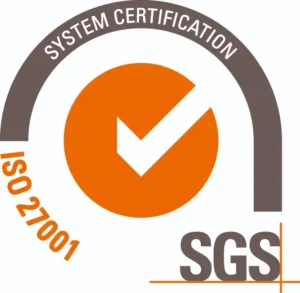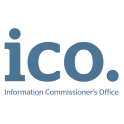Introduction: Borderless Business, Complex Compliance
Globalization has opened incredible opportunities for businesses to serve customers and hire talent across borders. Whether you’re a fintech onboarding users from multiple countries, a global eCommerce platform, or a remote-first employer, one truth remains universal: you must verify who you’re working with.
But verifying identities across countries introduces serious challenges, especially when dealing with unfamiliar document types, languages, and local regulations. That’s where a robust document verification solution becomes indispensable.
In this article, we explore the growing need for global document verification, the compliance challenges it brings, and how smart solutions are helping businesses verify international users efficiently and securely.
The Growing Demand for Global Document Verification
As companies expand into new markets or serve remote users, they often encounter:
- Diverse ID formats (e.g., passports, national IDs, driver’s licences)
- Non-English documents
- Varying data fields and layouts
- Different regulatory frameworks per region (e.g., GDPR, UK AML, APAC rules)
Manual verification of such a wide variety of documents is not only time-consuming but highly error-prone. Delays and inconsistencies can frustrate users and expose businesses to non-compliance risks.
That’s why more organizations are turning to automated, global document verification tools that can scale with their reach.
Key Compliance Challenges in Cross-Border Verification
1. Language & Format Differences
Documents from different countries vary in language, design, and security features. A team trained to review UK IDs may struggle to assess documents from Vietnam, Brazil, or Nigeria.
2. Regulatory Complexity
Each jurisdiction has its compliance standards. For instance, the UK’s FCA requires rigorous AML/KYC checks, while GDPR sets strict rules for how identity data is stored and processed.
3. Fraud Detection Across Regions
Fraud tactics vary by country, and a static checklist can’t detect the nuanced forgeries that occur globally. You need dynamic, AI-powered systems that adapt to new threats.
4. Operational Inefficiency
Manually verifying global documents increases onboarding time, resource cost, and dropout rates. In a digital-first world, this puts your business at a competitive disadvantage.
How a Smart Document Verification Solution Solves These Challenges
Advanced document verification solutions use AI, machine learning, and real-time database access to automate the review of identity documents from hundreds of countries.
Key features include:
Wide Document Coverage
Supports over 200+ document types from passports and ID cards to residence permits and utility bills—critical for businesses serving international customers or employees.
AI & OCR-Driven Analysis
Automatically extracts text from documents in different languages using OCR (Optical Character Recognition), and validates fields like names, dates, and document numbers.
Forgery & Tampering Detection
Advanced algorithms analyze document integrity, metadata, and visual anomalies to spot digital or physical alterations, regardless of where the document was issued.
Compliance-Ready Architecture
Built with regional privacy and AML laws in mind, including GDPR, UK FCA, FinCEN, and FATF guidelines.
Learn how businesses are using global document verification tools to scale compliance and trust here.
Use Case: Global Employee Onboarding
A multinational recruitment agency is hiring contractors from 12 countries. Rather than training HR teams on the ID formats and KYC requirements for each country, they implement a global document verification platform.
As a result, they:
- Automate 95% of their document reviews
- Detect over 200 cases of suspicious or expired IDs
- Reduce onboarding time from 3 days to under 30 minutes
- Maintain consistent, region-compliant recordkeeping across borders
Industries That Need Cross-Border Document Verification
- Fintech & Banking – Onboard international users and meet KYC/AML requirements
- Recruitment & HR – Verify right-to-work documentation for global hires
- eCommerce & Marketplaces – Validate seller/buyer identities from multiple countries
- Real Estate & Travel – Vet international clients, renters, and guests
- Telemedicine & EdTech – Authenticate international patients or students
Best Practices for Global Document Verification
- Choose a platform with wide coverage – Not just EU or US IDs, but global reach
- Ensure it integrates with your current KYC/AML stack
- Prioritize platforms with ongoing updates and AI learning
- Stay compliant with the data laws in every region you serve
- Look for scalability, whether verifying 100 or 100,000 users
Conclusion: Compliance Without Borders
As digital platforms go global, identity verification must evolve with them. Traditional methods simply can’t keep up with the speed, complexity, and scale of cross-border operations.
With a robust document verification solution in place, businesses can streamline onboarding, stay compliant, and build trust, no matter where their users are located.
FAQs
While no platform is perfect, leading providers support documents from 150–200+ countries, making them ideal for global expansion.
Most solutions return results in under a minute, drastically improving onboarding speed.
Yes. Smart systems are built with AML/KYC regulations in mind, and often provide audit trails and compliance reporting.









